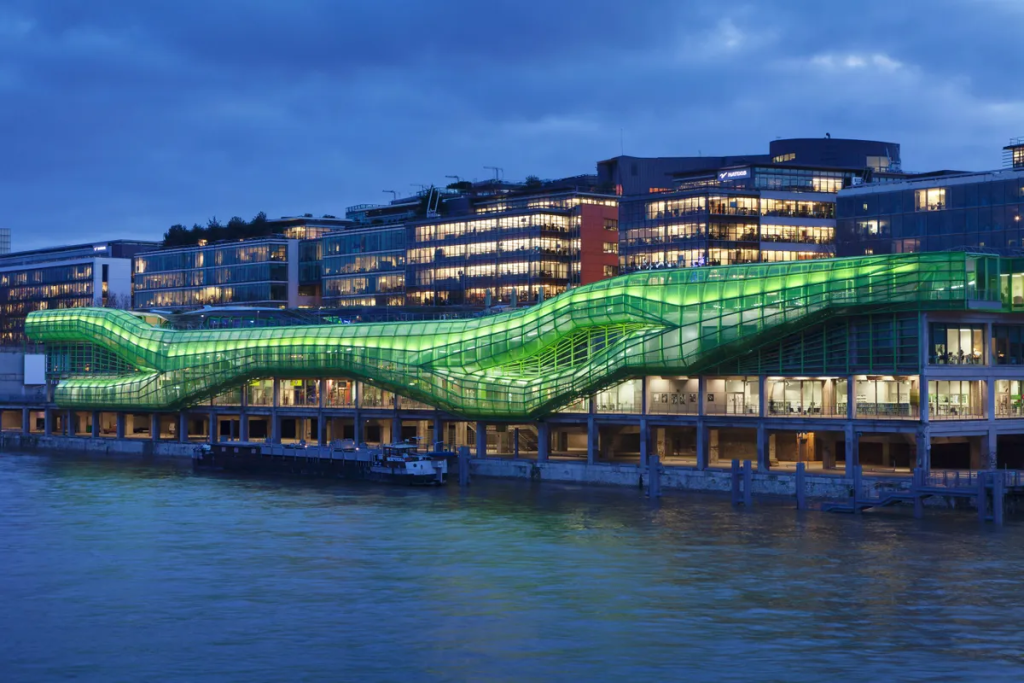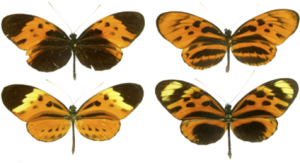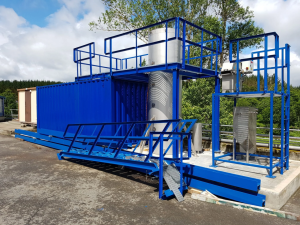Science, to many, is a set of rubrics that help us understand the natural world while engineering is the application of that understanding to manipulate the natural world, bending it to our will. Science also has great predictive capabilities, which allow engineers a fair idea of what possible outcomes will emerge from their manipulations.

In the built environment, we rely heavily on the sciences to inform our engineering and architectural decisions. From building energy modeling to daylight modeling scenarios, predictive data provides building services a basis for equipment selection and optimization.
Architecture is no different. Edem, the lead Architect at Morks Reid considers a symbiotic relation existing between art and science when it comes to design. “The outcome (of any design) must satisfy both sides” he said. “I can’t say 50-50 because that would be biased. If it’s 100% art, that would be similar to designing sculpture pieces. If it was 100% science, it would be a machine; like an unattractive cyborg that lacks soul. It is fully an art and a science”
Lydia, the lead Building Scientist at Morks Reid spells out a more rigid outlook for the sciences. “Unfortunately, we don’t have the luxury of art, our work focus on optimal performance outcome of the building to the occupants and the environment whilst we trust the architects to translate it into art.”
True to form, architects dictate a lot of what is considered art in buildings, including finishes of building services members. However, there is a lot of art in the architecture of services, according to Michael, the Lead Engineering Services at Morks Reid. “When backed by a strong building sciences team, our work as engineers become more about telling a story, rather than sticking to any specific rubric. We work with the architects to create moments and spaces. However, art goes beyond just the architects’ preferences.” Michael describes the artistic decisions of pipe and duct design. “When you look at the carcass, you should feel like those elements belong there naturally.”
A theme begins to emerge here, one of marriage and symbiosis. The built environment, in order to serve us most efficiently, must rely on the sciences. However, in order to ‘fit harmoniously with its ecosystem, the built environment must rely on art.


